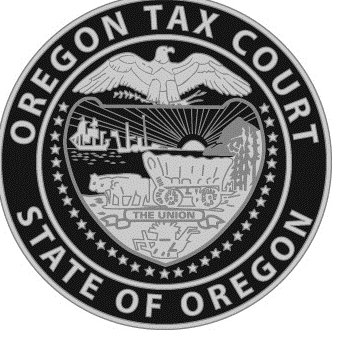This post was originally published on Forbes Jun 2, 2015
As a kid I remember being fascinated by a door in the side of the sanctuary at St. John’s Church in Fairview, NJ. It was very mysterious. Only the priests ever used it. The explanation was pretty mundane. There was an enclosed walkway over the driveway between the church and the rectory.
Molinari testified that there has been Canon Law regarding rectories for centuries. Canon Law 533 requires priests to reside in a rectory near the church they serve. According to that law, “ pastor is obliged to reside in a rectory near the church.” Molinari testified that that requirement is interpreted as requiring a rectory “within the territory of the church parish.” Molinari testified that a priest is given an endowment for an entire territory; the rectory enables the priest to faithfully execute his ministry duties within his assigned territory. Molinari testified that the rectory has to be within a “reasonable distance” to the church so the priest can facilitate his ministry, but because the priest has to be available to his parishioners, the rectory must be within a reasonable distance to the parishioners as well.
He began by explaining that the Church operates under the concept of “sustenance,” which means the local parish has to provide for the basic necessities of its priest. The particular requirements within a given archdiocese are usually spelled out in the policies of that archdiocese. The rectory must be within a reasonable distance to the church facilities, and provide a place for the priest to sleep, cook his meals, do his laundry, and have an area for study. The rectory must also have space for an assistant priest in the event there is one, and for seminarians studying for the priesthood who would be given a temporary assignment at a rectory. The rectory must also have space for visiting priests. The rectory is to be used for the purposes of the priest’s ministry.
Tran testified that the subject rectory in Astoria is a two story structure with a kitchen, a dining room, a study room, and a space on the other side of the kitchen area where Tran can visit with guests; it also has a master bedroom upstairs, two guest bedrooms, and a bonus room over the garage where Tran works on all church decorations needed for children to attend school mass. Tran testified on cross-examination that he uses the rectory as his full-time personal residence. Tran sleeps in the master bedroom. Tran testified that one of the guest bedrooms is used by visiting priests. He did not provide any specifics about such visits; how often they occur, how long a visiting priest stays, etc.
Tran testified that he prepares his own meals in the kitchen, and prepares meals for other church related visitors when they stay at the rectory. Tran later described the study as his library, explaining that he has a desk and bookcases in that room. Tran testified that he prepares sermons and homilies at the rectory. Tran testified that it takes him less than five minutes to get from the rectory to the parish by car.
houses of public worship and other additional buildings and property used solely for administrative, education, literary, benevolent, charitable, entertainment and recreational purposes by religious organizations, the lots on which they are situated, and the pews, slips and furniture therein. However, any part of any house of public worship or other additional buildings or property which is kept or used ***** for any purpose other than those stated in this section shall be assessed and taxed the same as other taxable property
Although Tran does write sermons and homilies at the rectory, those duties do not require close physical proximity to the church. Tran could prepare those messages anywhere in Astoria, including the church, where he has at least one office. The other uses of the rectory have no direct connection to the church; they certainly do not require a rectory in close proximity to the church. There was generalized testimony about the availability of guest bedrooms for visiting priests, deacons, and seminarians, but no specific testimony or other evidence that such officials have stayed at the subject property and, if so, how many and how often they were there. Assuming such church officials did in fact visit and stay overnight at the rectory, they could have slept in a residence anywhere in Astoria, regardless of its location with respect to the church.
Tran testified he teaches members of the Domus Dei Order at the rectory on a monthly basis. That presents several questions. The Domus Dei Order is in Washougal, Washington, and there is no evidence it is part of the Portland archdiocese territory. If it is not, Plaintiff has not established how their visitations to the rectory in Astoria further the religious aims of St. Mary Church. Tran’s duties, according to his supervisor Molinari, are to his parishioners. The relationship between the parishioners and members of Domus Dei is unclear. In any event, Tran could teach the members of the Domus Dei Order at the church or any residence, regardless of its location with respect to the church. There is simply no evidence that the proximity of the rectory to the church is necessary to further the church’s religious objectives with regard to Tran’s involvement with Domus Dei, or that such involvement directly benefits the parishioners in any way. Tran does meet with his parishioners, but those meetings are all scheduled to take place at the church.
Plaintiff argued in closing that all Catholic rectories in the Portland archdiocese are exempt. That may be true, but there is not a specific statutory grant of exemption for Catholic rectories. They are exempt if they meet the applicable legal standards, which is the reason actual use of the property must be examined in each case.
































































































Trackbacks/Pingbacks